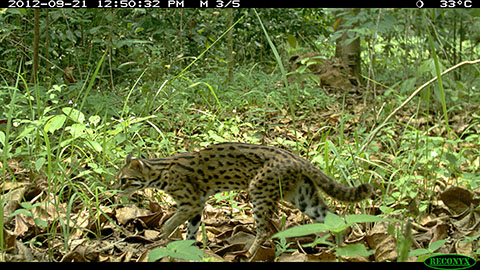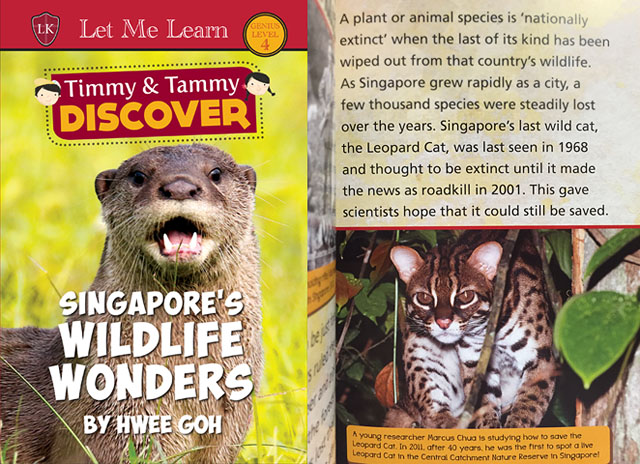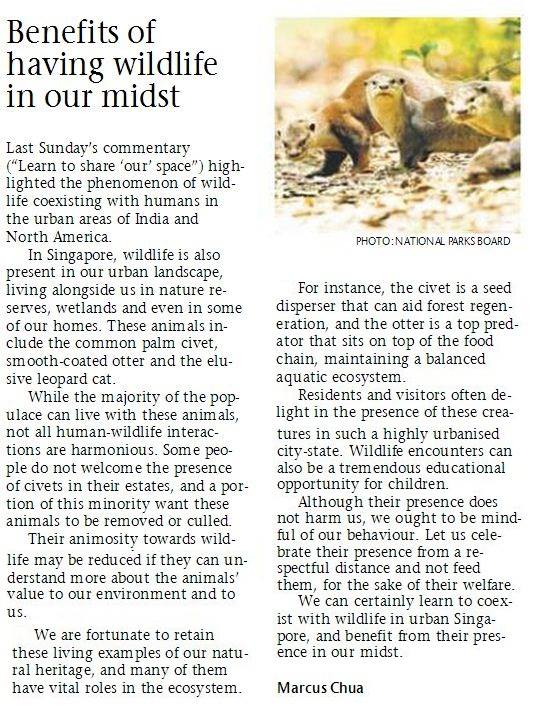New publication: Density, spatiotemporal use and diet of the leopard cat in a human-modified succession forest of Singapore
Our publication on Density, spatiotemporal use and diet of the leopard cat in a human-modified succession forest of Singapore is out in Mammal Research.
I will not reproduce the abstract here, but a TLDR summary is that leopard cat population density and occurrence is higher in oil palm areas next to secondary forest compared to within secondary forest on the island of Pulau Tekong, Singapore. In the oil palm areas, they were completely nocturnal and ate more rats compared to elsewhere on the island, where they had more diurnal activity and hunted more birds, insects and lizards. These finding suggest that leopard cats are oil palm adapters that take advantage of the rich prey resource in the oil palm area.
Some thoughts:
- Am glad that this came out between the education manager job that I was initially assigned with at the natural history museum, the massive museum move, and sperm whale carcass salvage operation that took place. I also feel incredibly thankful to have the opportunity to work on something that I had always wanted to do. Most of this fell in place because of the people who made it possible. Majority of this work was done on an island that is out of bounds to the public, and I am hoping to have the privilege to be back for some follow up work.
- Being relatively early and inexperienced in the research and publishing circuit, I went with the kitchen sink approach for the manuscript. Eventually, a weaker component eventually got the axe with the almost unequivocal agreement of 4 reviewers. So the lesson learnt is that telling a succinct story with the best data is something I need to work on.
- In this study we almost quantified the obvious—someone has to do that—to answer basic ecology questions. One finding was that Pulau Tekong has the highest population density of leopard cats of any study done till date (89.4 ind./100 km2). However, leopard cats in Singapore remain nationally critically endangered. Not surprising because Singapore is tiny, and the suitable habitats for the species are limited and fragmented. These will be crucial in ensuring the long term survival of the species here.
- We recorded leopard cats on reclaimed land for the first time in the world. This is novel habitat created from the sea by filling it with sand. Secondary succession took over and leopard cats colonised it. Pretty neat (but marine habitat destruction in land creation). As the reclaimed part was separated from the original island by a channel, I remember telling my survey team, “we are just going to put up cameras and do transects to prove they [leopard cats] are not here…”. Happy to be proven wrong by data and these resilient little beasts.



